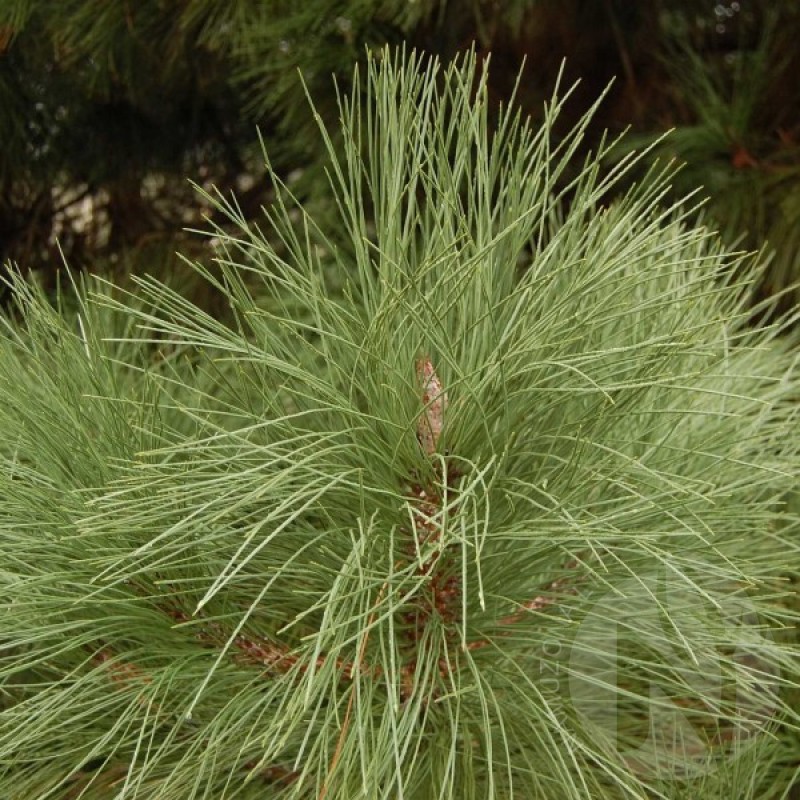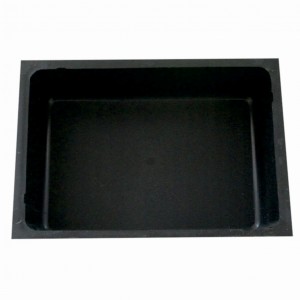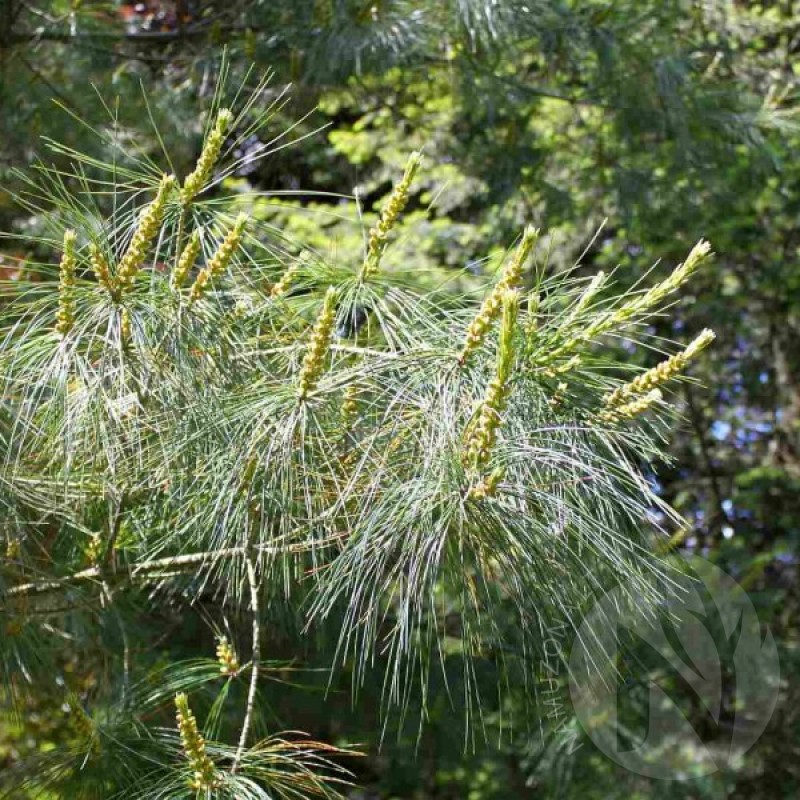
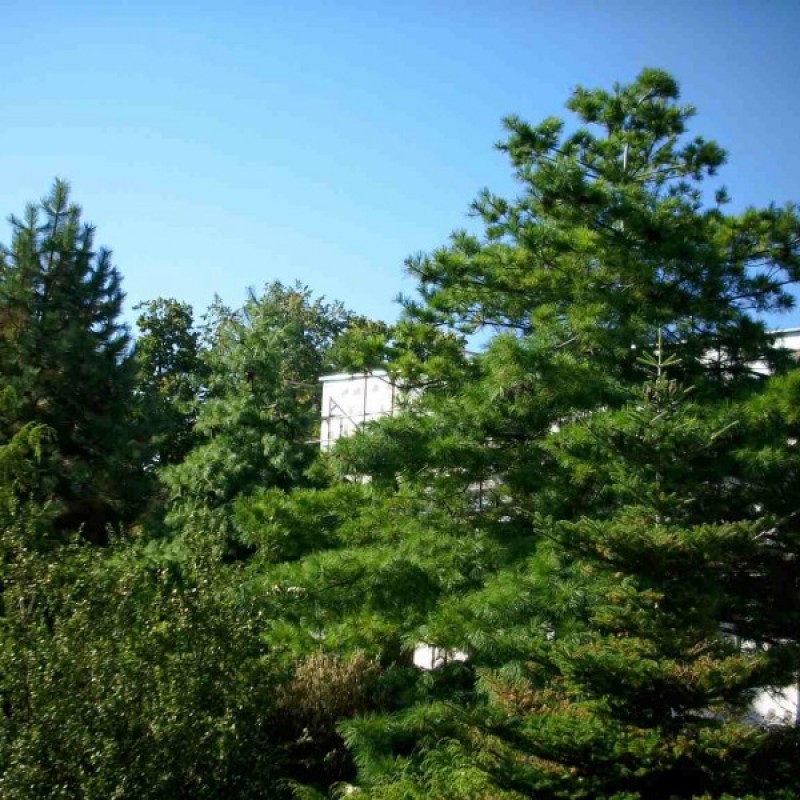
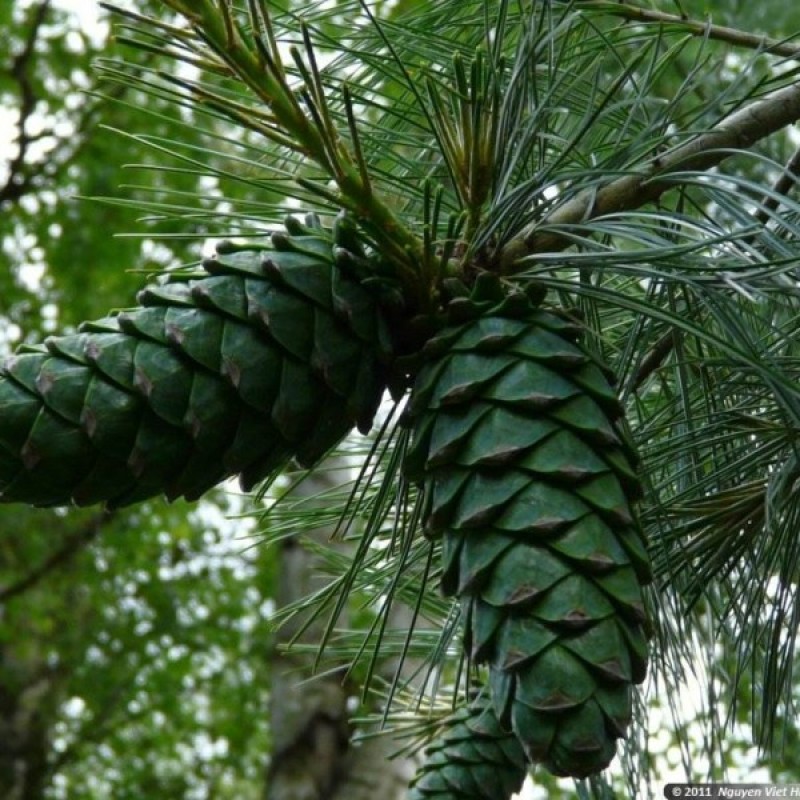
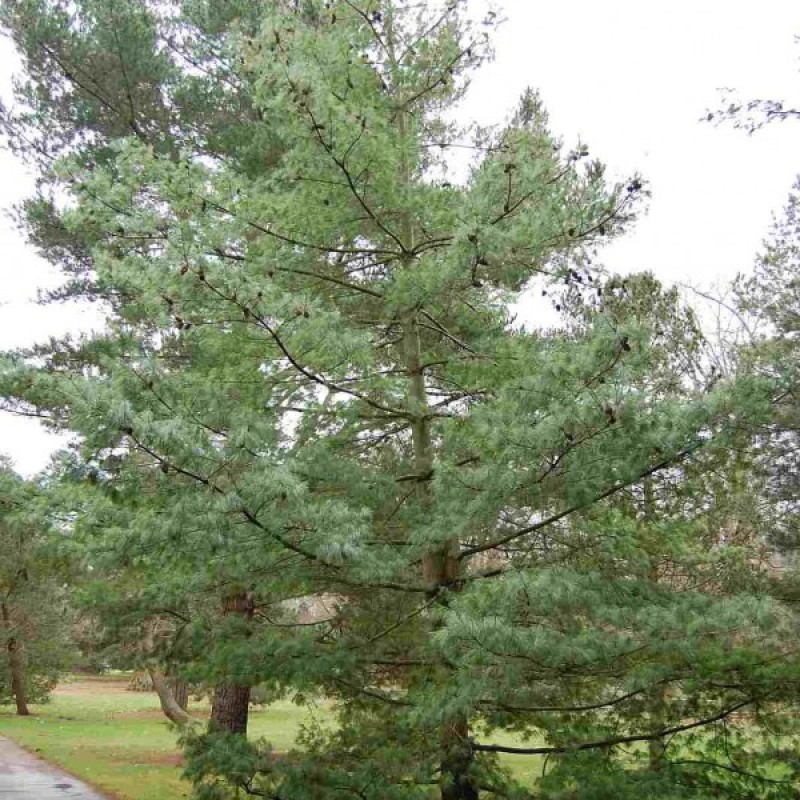
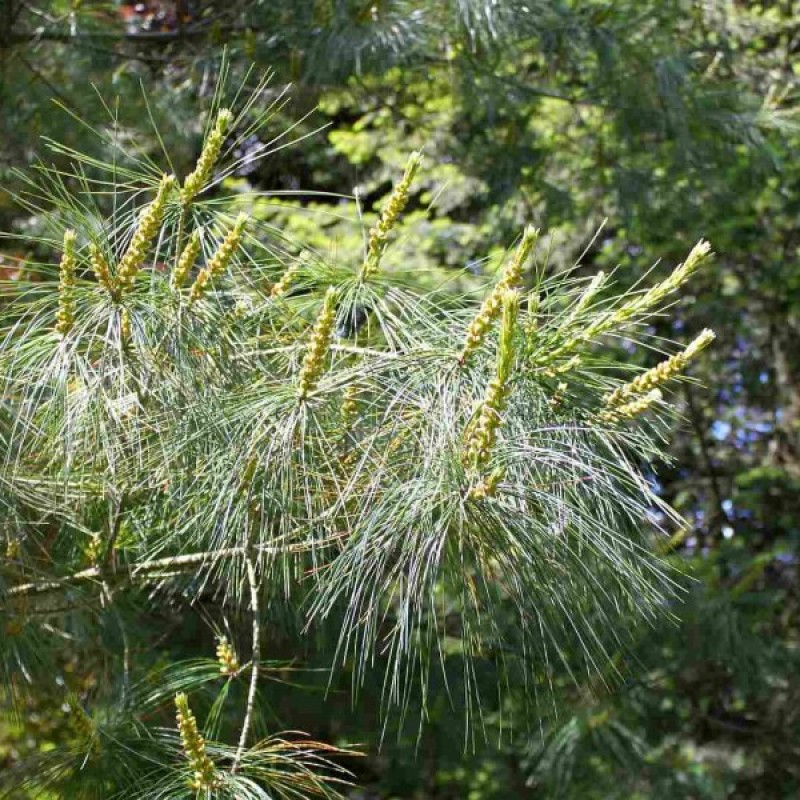
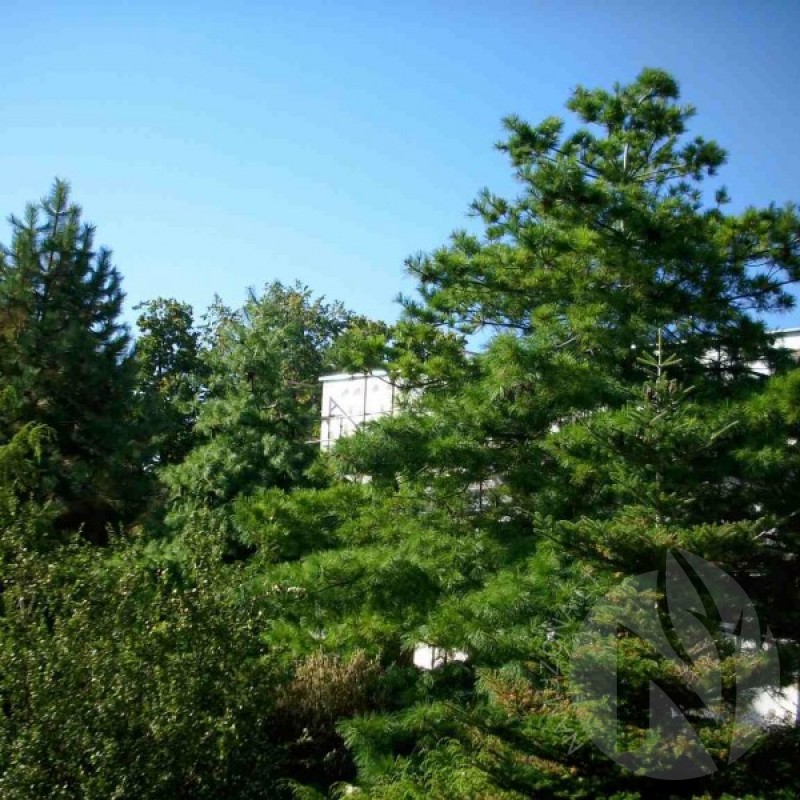
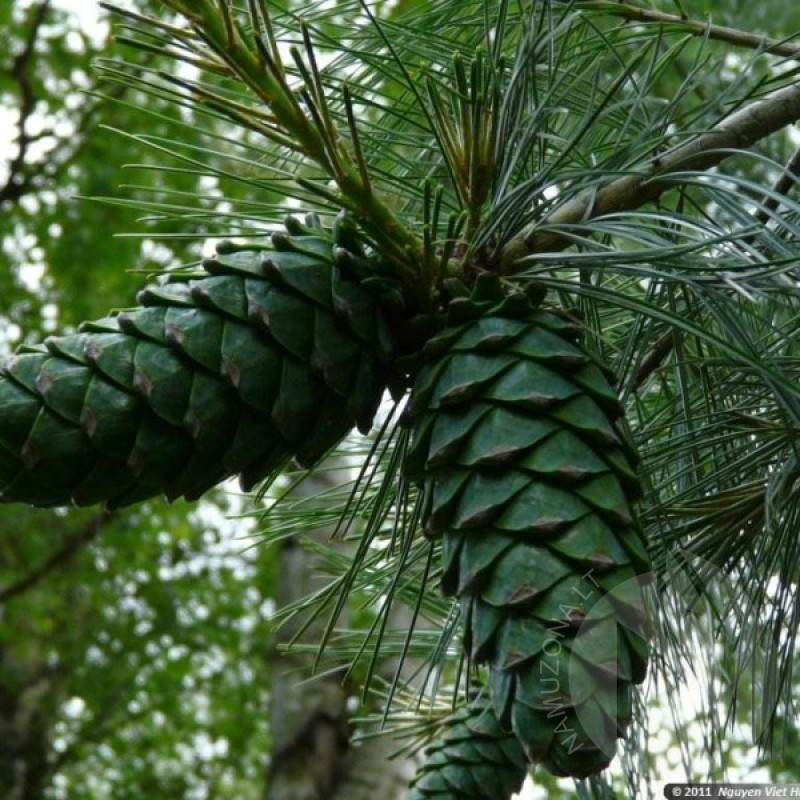
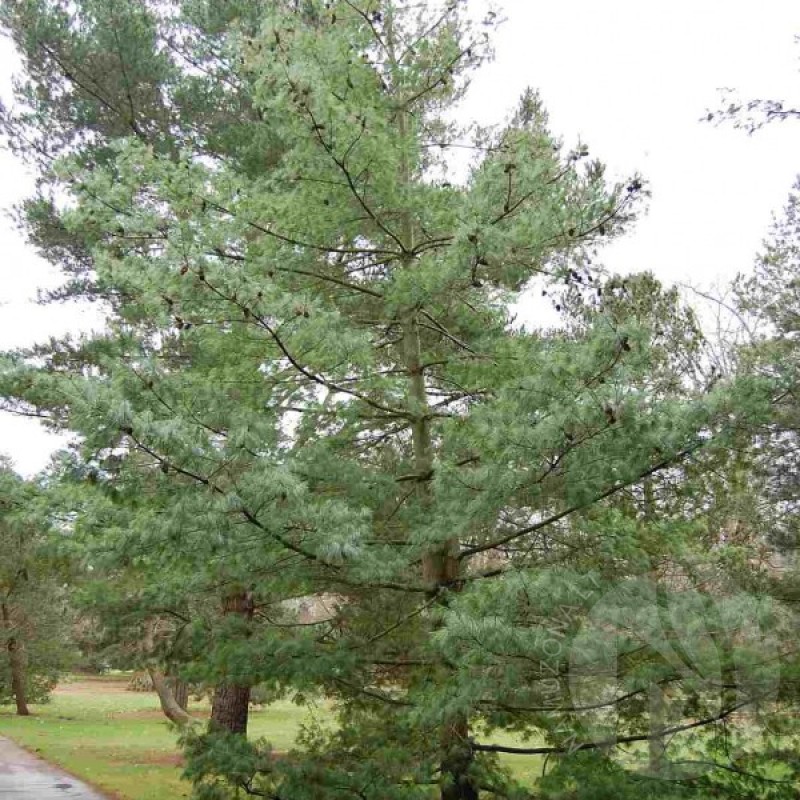
PAY ATTENTION!
All seeds (except SOLD OUT) are available for immediate shipping and will be dispatched within 1-2 business days.
INFORMATION NEEDED? PLEASE CONTACT US NOW!
This medium-sized evergreen tree from Asian uplands is notable for its long, handsome pine needles and cones. It occurs primarily in western and central China, with scattered populations in other parts of Asia.
The long, supple, bright green needles of this pine are held in bundles of five. The needles sometimes droop, creating a cascading effect. In spring, trees produce tiny male cones and long slender female cones on the previous year's growth. The clustered, pendent female cones are covered with fleshy green scales that turn woody and brown as they mature. They are often frosted with resin.
Conical and low-branched when young, this pine grows relatively rapidly into a wide-spreading tree with well-spaced, horizontal branches. Its gray-brown bark becomes fissured and platy on older stems.
Pinus armandii requires little maintenance. This distinctive pine favors full sun and well-drained, humus-rich soil. It dislikes excessive heat, cold, or wind. It is reputed to be relatively resistant to white pine blister rust. It makes a striking specimen for parks and other large properties.
Genus - Pinus
Species - Armandii
Common name - Chinese White Pine
Pre-Treatment - Required
Hardiness zones - 6 - 8
Height - 40'-60' / 12 - 18 m
Spread - 20'-30' / 6 - 9 m
Plant type - Tree
Vegetation type - Evergreen
Exposure - Full Sun, Partial Sun
Growth rate - Medium
Soil PH - Acidic, Neutral
Soil type - Loam, well drained
Water requirements - Average Water
Landscape uses - Featured plant. Useful as an attractive parkland evergreen tree. Once established this tree is drought tolerant.
Leaf / Flower color - Green / --
GERMINATION INSTRUCTIONS
1. Place the seeds in a container with tepid water and soak them for 24 hours. Change the water and wait another 24 hours.
2. Put the seeds in a small plastic bag and cover with damp sand. Place the bag holding the seeds in the refrigerator for one to two months to stratify the seeds, which is preserving seeds in layers of moisture-laden peat, soil or sand. Check the sand and water as needed to maintain moisture. Don't allow the seeds to get soaked.
3. Fill small pots with compost. Place one or two pine seeds on top of the compost in each pot, then cover the seeds with a thin layer of sand.
4. Water the sand and compost to add moisture, then place the pots in a warm, sunny location. As the seedlings emerge and grow, the soil needs to remain moist, not wet.
5. Repot the pine trees into medium-sized pots in the fall. Grow them in the pots for the following season until they are large and strong enough for transplanting into the landscape.
Atsiliepimų apie šią prekę kol kas nėra.
No questions about this product.

